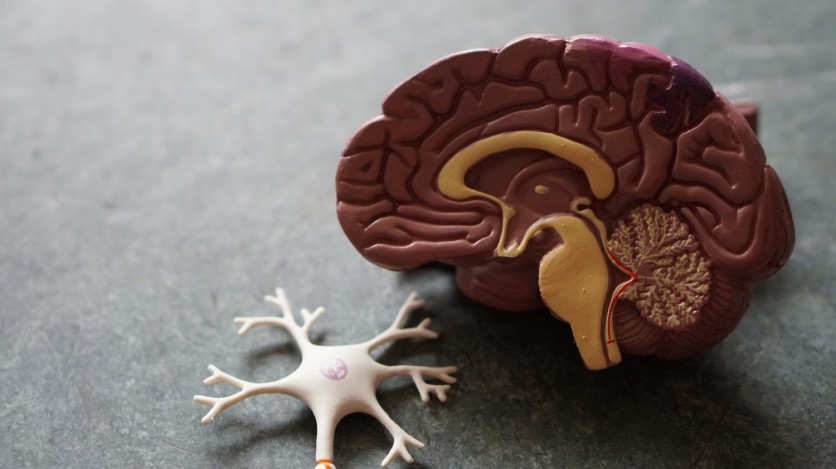Scientists have developed miniature organs similar to the human brain.
The so-called organoids are all lab-grown and these models are said to be an important part of discovering more findings in neuroscience such as mental disorders and their development.
Mini-Brain Models in Neuroscience

The organoids perfectly resemble the exact design of the human brain yet not all of them look like that. It's very important to create mini models of this central organ so scientists could explore more studies on how diseases affect the nervous system.
Per Neuroscience News, the study's senior author Bennet Novitch said that scientists are struggling to find a conventional method that could generate organoids.
Producing these mini-brain models often poses challenges to the experts in terms of their sizes and quality. They still continue to figure out how these miniature organs will thrive given that they are unique to one another.
Momoko Watabe, who is also currently teaching neurobiology and anatomy at UC Irvine mentioned that different outcomes will likely appear if his lab and the other lab conduct some screening for these organoids from the same disease.
"We won't know whose findings are correct because the differences we're seeing could be reflections of how our models differ rather than reflections of the disease," the study's author added.
Watanabe said that developing organoids come with two tricky issues: the first is the structure and the second one is its uniformity.
The study of autism spectrum disorder and schizophrenia is associated with the involvement of organoids because they are capable of recreating the cellular structure of the human brain.
With this, Novitch knew that identifying the differences when it comes to the patient's brain function is a huge chore to overcome. This is because organoids are subject to "grossly irregular structure," according to the UCLA Brain Research Institute's Integrated Center for Neural Repair director.
Related Article: Scientists Create A 'Mini 3D Brain' Derived from Human Cells With Electrodes Caps
How Researchers Preserve the Maturity of Organoids
News Medical reported that organoids could be made as small as 5 millimeters in diameter. Using stem cells, the experts take a sample of human skin that will later transform into pluripotent stem cells. These particular cells can detect if a human cell is distinct from the rest of the existing cells in the body.
According to UCLA Broad Stem Cell Research Center experts Amander Clark and Kathrin Plath, the maturity of the cells lie within preserving their fresh quality.
In early trials, the researchers decided to put the stem cells inside a dish together with mouse skin cells. The latter cells are believed to be an effective preserving element for immature cells.
However, the study found that organoids could not go well with mouse cells because they are incapable of replacing damaged neural tissues.
As a result, the researchers shift to another technique known as RNA sequencing to determine if a specific stem cell is suited for organoid production.
They combined the four molecules in a dish and cultured them in the stem cells. Surprisingly, they discovered that this method could preserve organoids of their top quality.
To view the study entitled "TGFβ superfamily signaling regulates the state of human stem cell pluripotency and capacity to create well-structured telencephalic organoids," visit Stem Cell Reports.
Read Also: Scientists Grow Tiny Brain 'Organoids' In A Dish To Study Autism
This article is owned by Tech Times
Written by Joseph Henry
ⓒ 2026 TECHTIMES.com All rights reserved. Do not reproduce without permission.




